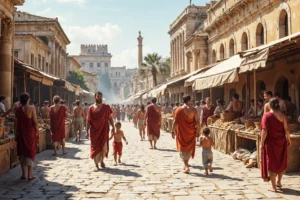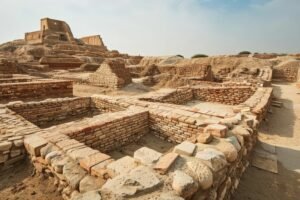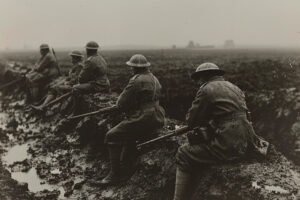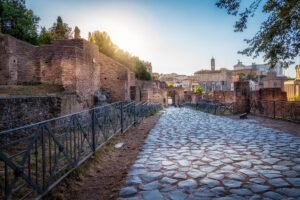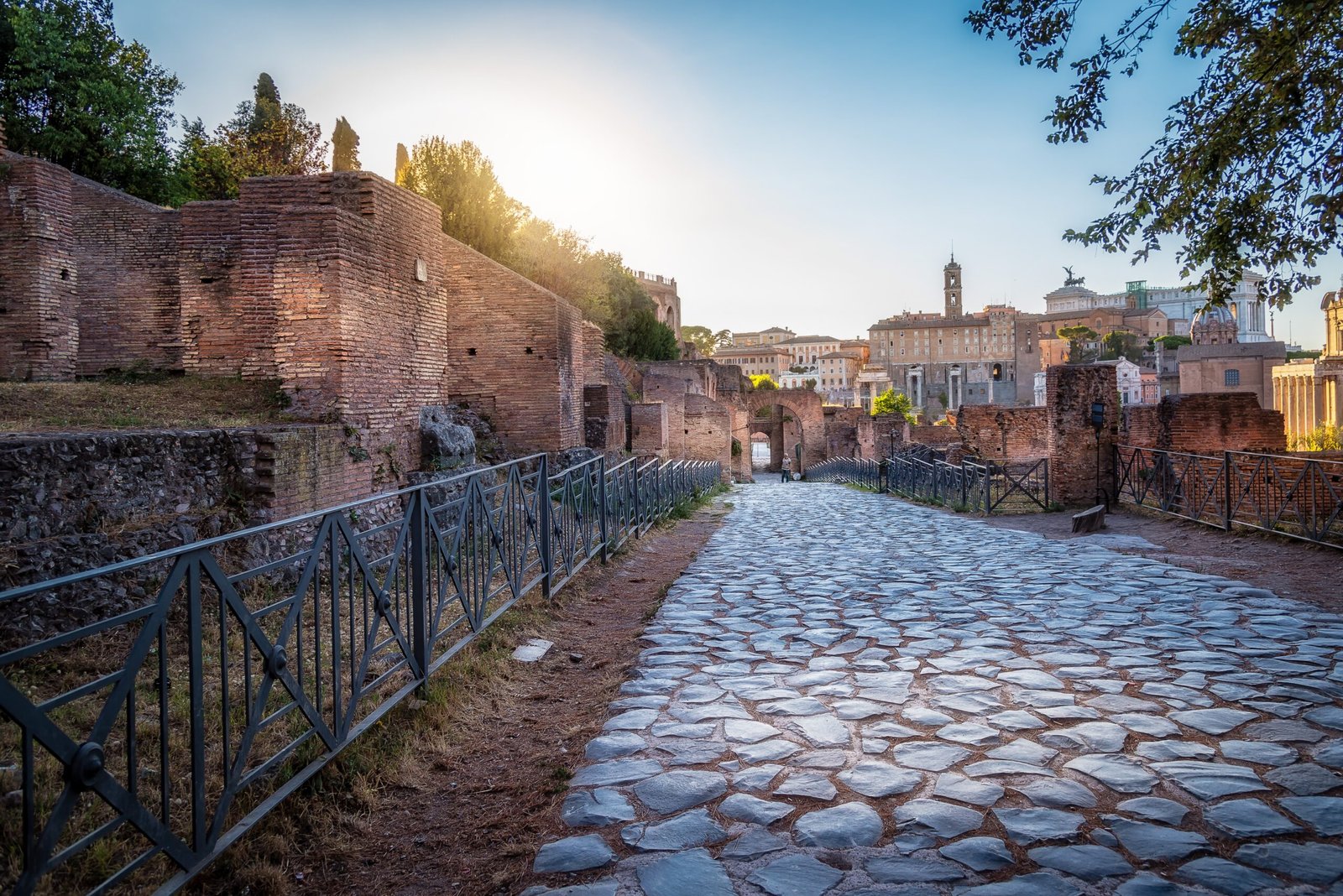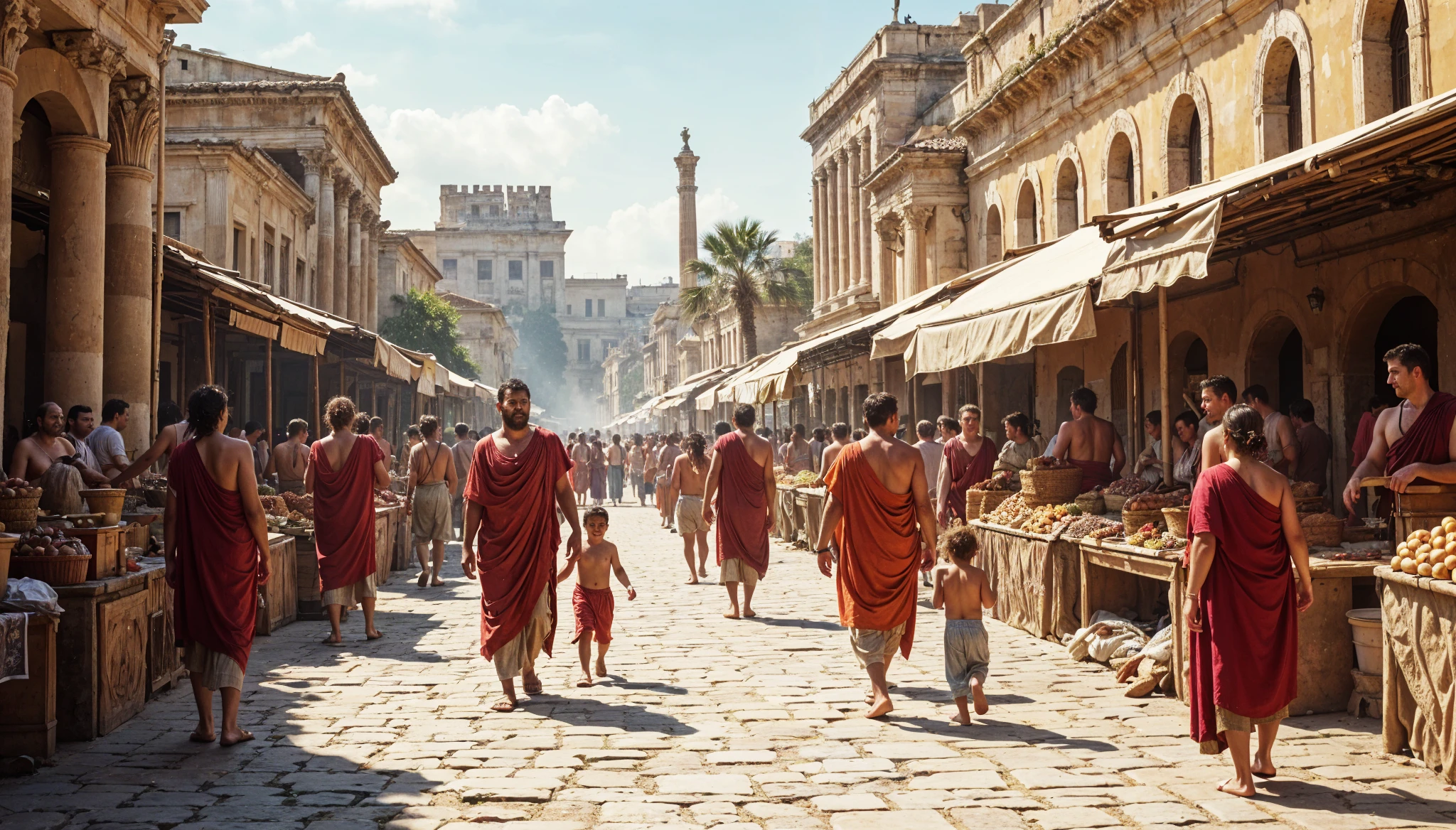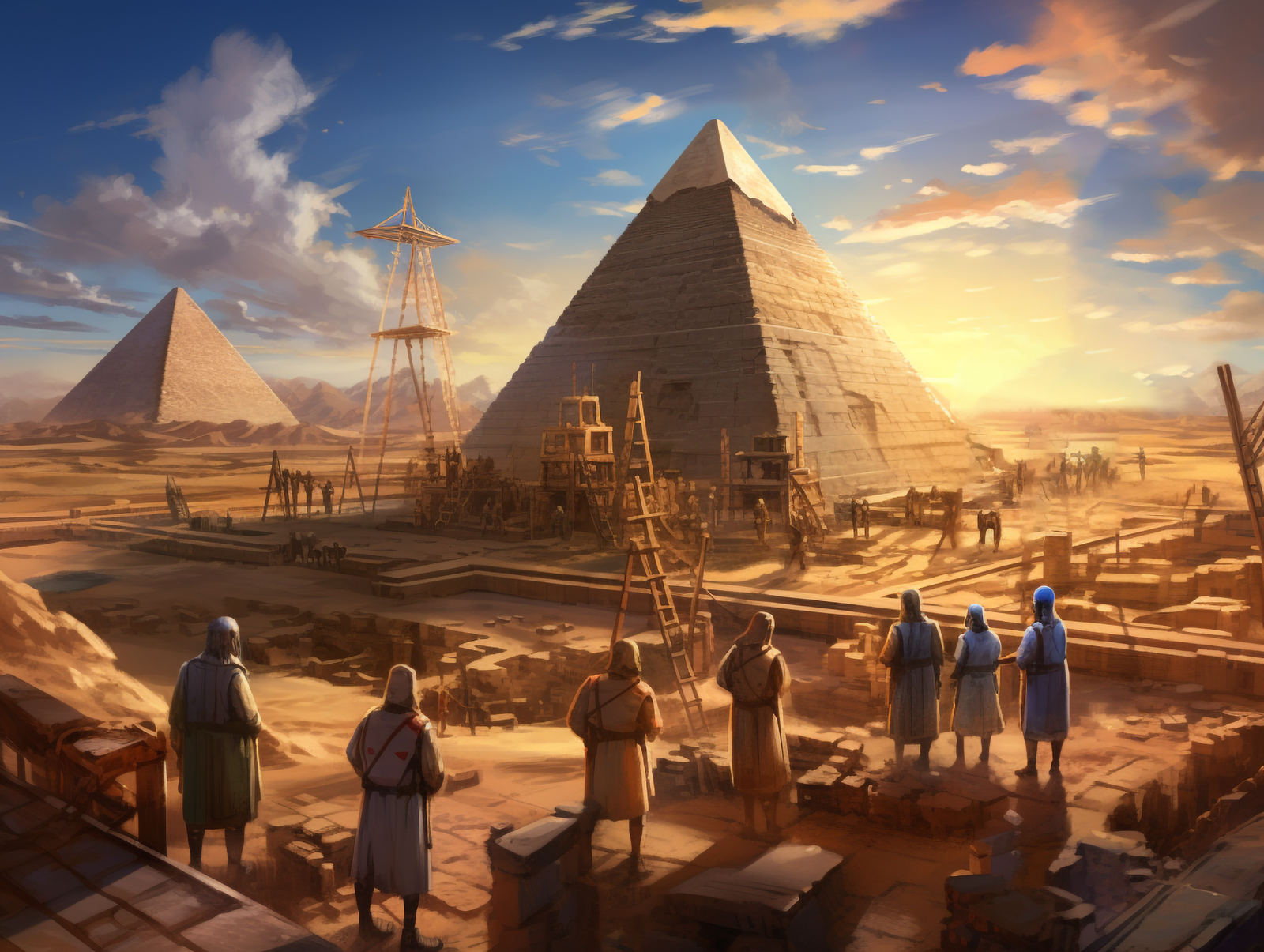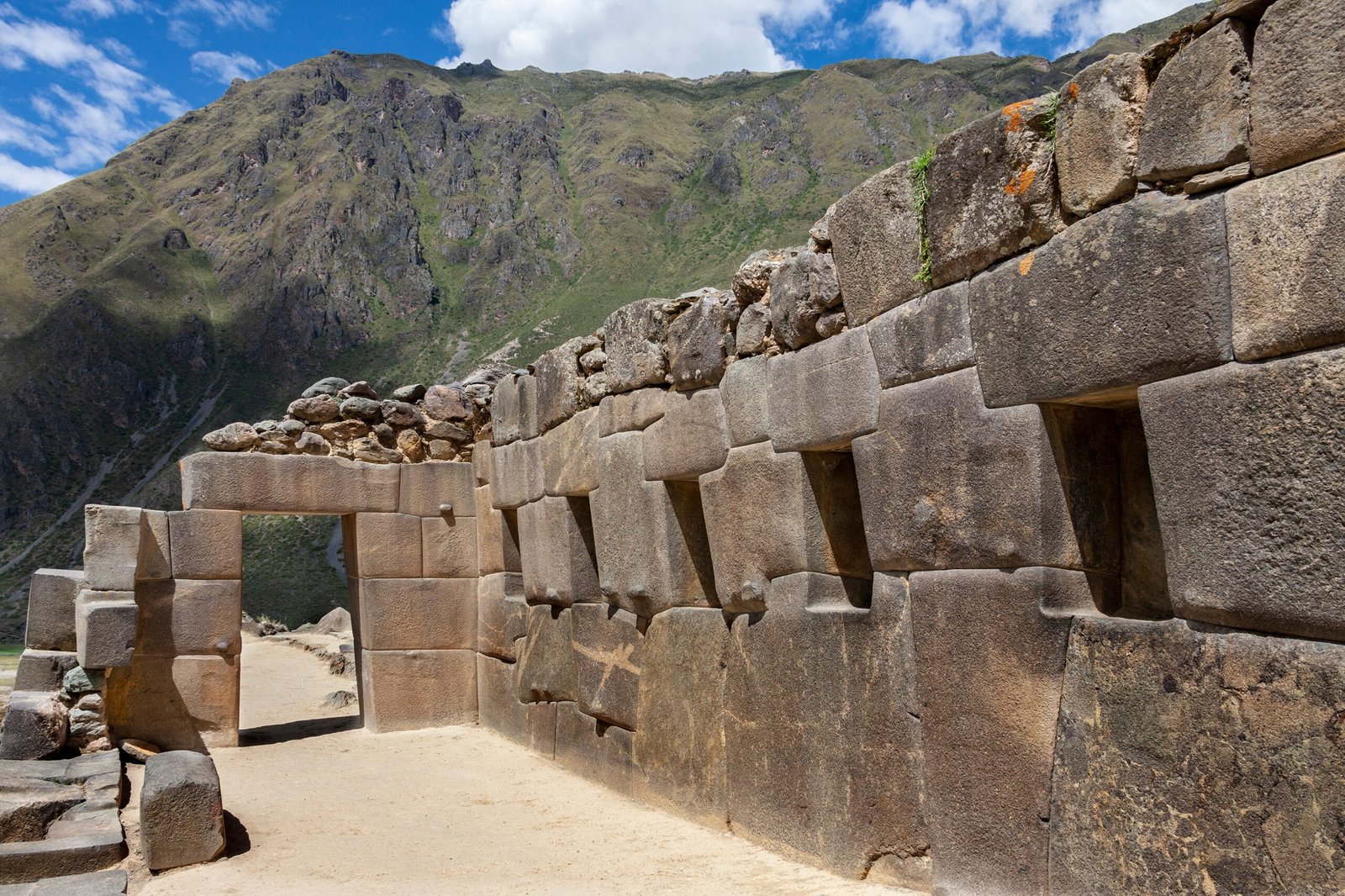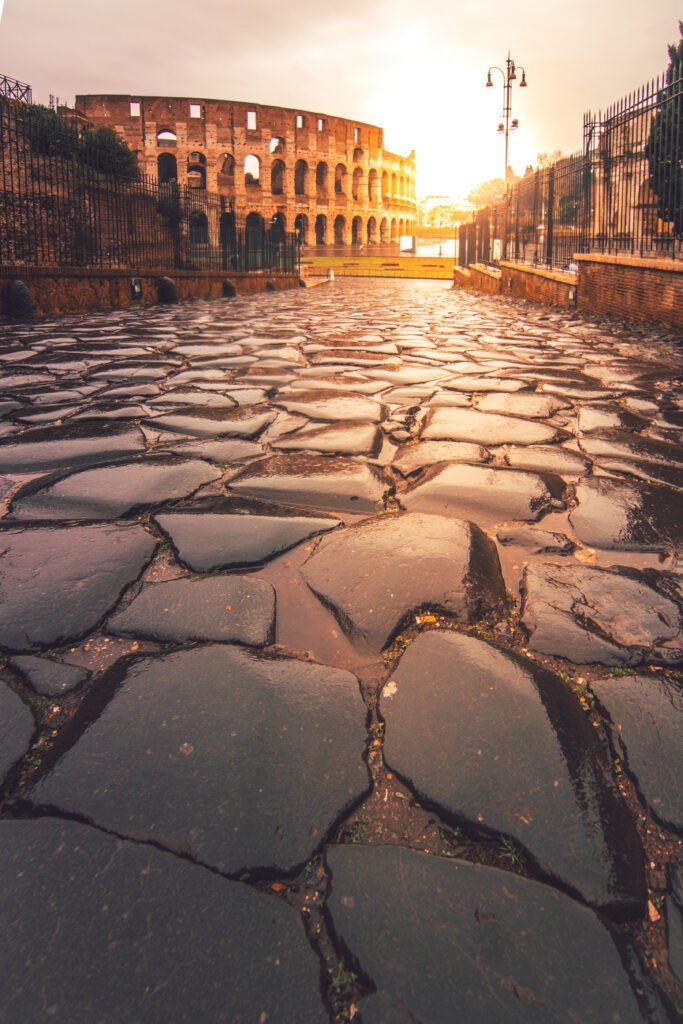
Introduction
The Roman Empire was known for many remarkable achievements, but perhaps none were as influential or long-lasting as their road systems. These roads not only connected the vast empire but also laid the foundation for modern transportation networks. The Roman road system was the most advanced of its time, with innovative techniques and materials that ensured durability and efficiency. Even today, many of these roads are still in use, a testament to Roman engineering expertise.
In this article, we’ll explore how the Romans built these revolutionary roads, the techniques they used, and how they continue to impact modern transportation and infrastructure.
1. The Importance of Roman Roads: Connecting the Empire
At the height of its power, the Roman Empire spanned Europe, North Africa, and parts of Asia. Efficient transportation was crucial to maintaining control over such a vast area. Roman roads allowed for the quick movement of military troops, goods, and information across the empire, connecting cities and regions that were previously isolated.
These roads not only facilitated commerce but also contributed to the spread of Roman culture and language, helping to unify the empire. The phrase “All roads lead to Rome” reflects how central these roads were to Roman society.
2. Engineering Techniques: Precision and Innovation
What set Roman roads apart was their precision and the innovative methods used in their construction. Roman engineers designed roads with a slight curve or “crown” in the center to allow water to drain off the sides, preventing erosion and maintaining durability. Layers of materials, including sand, gravel, and stone, were meticulously placed to ensure strength and longevity.
In contrast to earlier civilizations, Romans used a multi-layered approach to create sturdy, long-lasting roads that could withstand centuries of use. This technique was revolutionary at the time and laid the groundwork for the road-building methods we use today.
3. The Role of Roman Concrete: Strong and Long-Lasting
One of the key materials that made Roman roads so durable was Roman concrete. This early form of concrete, made from a mixture of volcanic ash, lime, and water, was not only strong but also resistant to cracks and water damage. The unique properties of this material allowed Roman roads to endure for centuries, long after the empire itself fell.
Roman concrete was used in the construction of roads, bridges, and aqueducts, many of which still stand today. Modern engineers have studied this material to understand how it could last so long, influencing modern concrete technology.
4. The Layout of Roman Roads: Straight and Efficient
Roman roads are famous for their straightness, even across difficult terrain. Roman engineers preferred to build roads in direct lines wherever possible, using tools like the groma to ensure accuracy. This direct approach saved time and resources, allowing for more efficient travel and communication.
Where hills or obstacles stood in the way, Roman engineers either built tunnels or cut through the landscape to maintain a straight route. These feats of engineering were incredibly advanced for the time and laid the foundation for the way modern road systems are designed.
5. Maintenance of Roman Roads: A Commitment to Quality
Unlike many ancient civilizations, the Romans were committed to the maintenance of their roads. Roadways were regularly inspected and repaired, ensuring they remained in good condition for military, commercial, and civilian use. This attention to detail helped the empire thrive and maintain control over vast territories.
Roman officials would even appoint road inspectors known as curatores viarum, whose sole responsibility was to oversee the upkeep of the roads. This systematic maintenance approach was one of the reasons Roman roads lasted so long, influencing modern infrastructure management.
6. Roman Roads and Trade: Driving Economic Growth
Roman roads played a significant role in boosting the economy of the empire. Goods could be transported quickly and efficiently, allowing for trade to flourish both within and outside the empire. Merchants used the roads to travel from one city to another, selling spices, textiles, and other valuable products.
This network of roads made it possible for Roman markets to connect with distant parts of Europe, Asia, and Africa, helping to create one of the world’s first global economies. Today, modern trade routes still mirror the efficiency of the Roman road system.
7. Military Strategy and Roman Roads: A Tactical Advantage
The Roman military greatly benefited from the road system. Roads allowed the Roman legions to move swiftly across the empire, responding to threats or rebellions in a matter of days. This mobility gave the Romans a tactical advantage, allowing them to maintain control over their vast territories.
Roman roads were strategically designed to lead directly to military outposts, ensuring quick access to soldiers and supplies when needed. This strategic use of infrastructure for military purposes is still relevant today, with modern armies utilizing roads and highways for rapid deployment.
Conclusion
The Roman road system was a feat of engineering that revolutionized the ancient world and continues to impact modern infrastructure. The roads were built with precision, innovation, and durability, and their influence can still be seen today in modern road-building techniques and transportation networks. Whether for trade, military, or everyday use, the principles behind Roman road construction remain relevant and inspiring to modern engineers.
As you travel on today’s highways and streets, remember that much of what we rely on for modern travel was pioneered by the Romans thousands of years ago.


